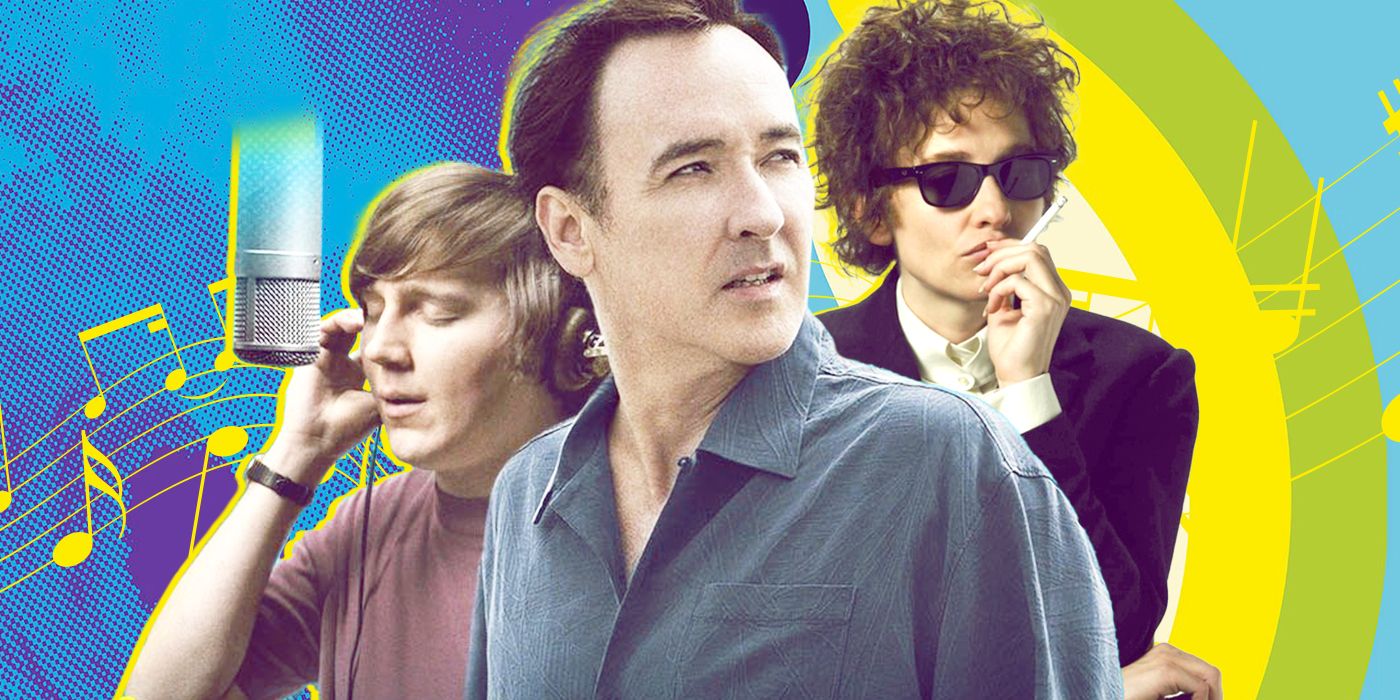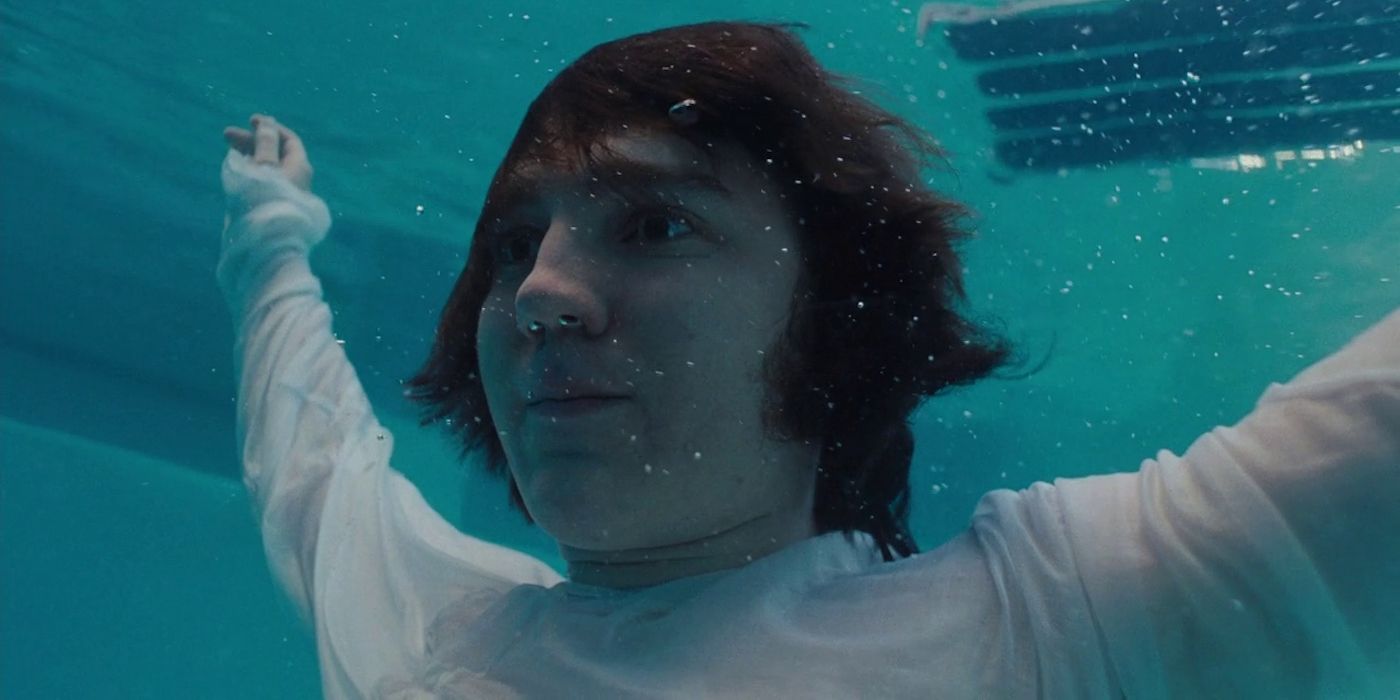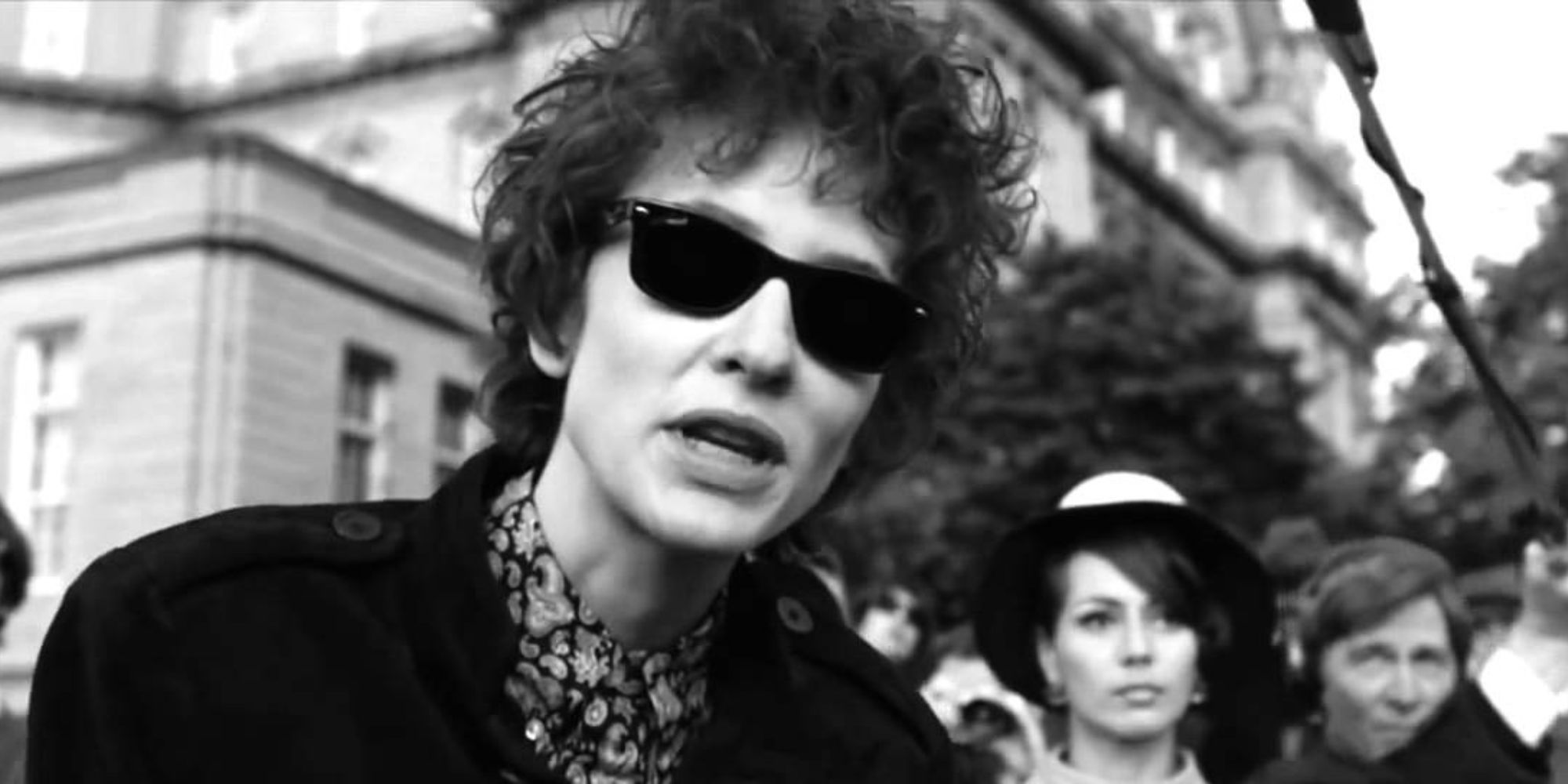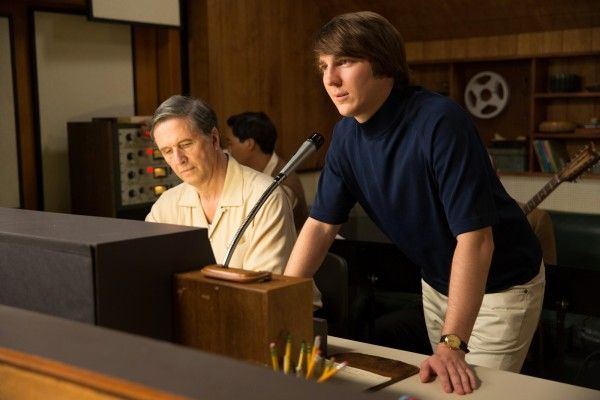It's tough to find a genre that gets lambasted more than the biopic. Every announcement of a new movie chronicling the life of a public figure is accompanied by eye rolls and emphatic sighs. But while the repeatedly negative reactions get tiring, it has grown increasingly tough to defend the genre. Not only do so many of them walk the same clearly outlined path, but they get released so frequently and on such a large scale that the formula feels that much more destructive. And out of all the different subgenres, the music biopic is by far the most transgressive. The blueprints are so clearly drawn that studios keep following them even after parodies have made a complete mockery of the formula. It’s a genre that feels so rinse-and-repeat that the uniqueness of every artist sought to be celebrated completely evaporates. When each movie is the same puzzle with just a few pieces replaced, it not only fails to represent why the artist was great, but just simply becomes boring to watch.
But there are music biopics out there that are well done, ones that feel like effective homages to whom they are depicting. Love & Mercy and I'm Not There, both written (or co-written) by Oren Moverman, are two great and vastly different recent examples of how a music biopic can become compelling, and Hollywood studios need to take note.
What Are Love & Mercy and I'm Not There About?
Love & Mercy is the biopic of Brian Wilson, the most artistically ambitious and heralded member of The Beach Boys. The 2014 film splits its story of Wilson in half, ping-ponging back and forth between two separate periods in the singer’s life. Paul Dano plays Wilson during the band's heyday in the late 60s when his artistic aspirations peaked, but also as his mind started to decay. Drug usage combined with an undiagnosed mental illness sees the visionary become increasingly unstable, tumbling deeper into his own fuzzy conscience, voices in his head starting echo too loud for him to hear anything else. And John Cusack plays Wilson in the 80s as he attempts to heal from the illness that has consumed so many years. A love affair burgeons with a woman named Melinda, a relationship that has the potential to tie him back to the world outside his own mind, but his tyrannical doctor suppresses Wilson's chances to regain his freedom.
I’m Not There serves as the biopic for Bob Dylan, although labeling it a biopic is somewhat misleading. Even more fractured than Wilson’s bifocaled flick, six different actors play vastly different Dylan identities, but none of them even assume his name. We see different stages of Dylan’s life and career: the hopeful vagabond, the folk legend, and the electric judas, just to name a few. The stories only connected through association, actors like Christian Bale, Heath Ledger, and Cate Blanchett (yes Cate Blanchett plays Bob Dylan) lead idiosyncratic Dylan timelines through their own unique fables, creating a mosaic of Dylan’s infamously malleable persona rather than a snapshot of the life and times of the voice of a generation.
Other Musician Biopics Are Too Formulaic
The narrative path that so many music biopics walk is the most over trodden aspect of the formula. It seems like every great artist comes from humble beginnings, has countless people tell them that they will never amount to something, and they will end up confined to their loveless hometown for the rest of their days. Once success is encountered and charts are topped, lavish living ensues that can’t fill a hole in their heart. The downfall is inevitable, a spiral into the artists own ego and vulnerabilities has them hit rock bottom before they make a triumphant but much more human final resurgence. The formula does have a backbone, the beats are ones often succesful in invoking emotional responses. But when every musician is portrayed to walk the same path, it eventually becomes difficult to find individuality in any of them.
Moverman's Screenplays Avoid These Pitfalls By Embracing Non-Linear Narratives
But that is where the similarities end as the splintered storytelling device is deployed towards vastly different results. Love & Mercy completely forgoes the story of Wilson’s rise to success. Dano’s timeline begins during a mental breakdown he suffers on a plane, serving as an indicator of the downhill trajectory his character is propelled on. He reaches a musical high with the recording of the iconic album Pet Sounds, but the achievement is presented as just one of a series of dominoes toppling as the album was a commercial dud. Cusack’s timeline is essentially completely devoid of Wilson’s artistic endeavors, functioning as the result of a life lived long ago. The story Love & Mercy wants to tell is of Brian Wilson as a man, not as the leading voice of one of the most popular bands of all time. And because of the relative disinterest in the nuts and bolts of how The Beach Boys came to be, the product is much more personal.
I’m Not There, while being a much more fragmented interpretation, actually tells Dylan’s artistic journey more comprehensively. Moverman and co-writer/director Todd Haynes take us through the many stages of Dylan’s chameleonic career, just intertwined and out of order. But with different facets of Dylan’s persona isolated, they are able to probe much deeper than if his character was synthesized into one man. One of the great issues with the all-encompassing narrative is that is only scratches the smallest surface of who the artist was. With so many different Dylan icons individually dissected, the film becomes a much more interrogative examination of the man and the myth, and why he was so enigmatic.
Love & Mercy and I'm Not There Are Not Greatest Hits Collections
Another common complaint for generic music biopics is that they feel like a greatest hits collection. Instead of well-thought-out stories, the films feel like music videos for some of the artist’s most famous songs, with a thin string of a narrative thread used to get from one track to the next. They seem expressly designed for fans of the music, cheaply using that which drew audiences to the theater as a stand in for telling them something about the artist that they might not already know, something that may give them a greater appreciation of the songs after knowing the cloth from which they were cut.
Love & Mercy slyly appeases Beach Boys fans in the opening credit sequence, showing the band playing their greatest hits on stage as the names of the actors flash across the screen. It’s the type of montage one would expect in the middle of the movie, as the previously unsuccessful band is finally gaining the popularity and success they deserve. The use of it during the opening minutes feels like a peace offering, the filmmakers saying “here you go, now we can do what we want”. The Beach Boys music throughout the rest of the movie is only seen and heard in Dano’s timeline as he conceives it during numerous studio sessions. There are a few moments that feel shallowly contrived, namely the inception of "Good Vibrations", but the rest of Wilson’s songwriting is handled deftly. We are shown the creation of songs as the product of Wilson’s eroding mind. Studio sessions shift from wondrously imaginative to painstakingly unhinged as Wilson’s brain continues to decay. Not only does it illuminate the viewers to the process in which the songs were made, but filters their inception through a moving character study. The film shows Wilson’s music as a reflection of the man, not the other way around.
Dylan’s music is heard throughout I’m Not There, mostly in the soundtrack rather than played by the characters. But perhaps the greatest thing that Moverman and Haynes do is to turn their film into a visual interpretation of one of their subject’s songs. Dylan was famously prophetic in his lyricism, even winning the Nobel Prize in Literature as a result. But his lyrical wisdom was always hard to pin down, often described as poetic due to its elusive nature. I’m Not There interprets Dylan’s story as visual poetry, pieces of fabric sewn together to create something indefinably moving. Each storyline not only embodies a different persona but also different styles and attitudes. His stories are depicted through a retrospective rock documentary, a mischievous comedy, an elegiac western, a forlorn romance, and more. Their piecing together creates something inexplicably stunning, a tapestry of the multifaceted nature of what it means to be a human, and more specifically, an artist. It’s a reinterpretation of the words Dylan sung seen through a movie camera, depicting the artist not as someone who made music, but envisioning him through that which he created.
Both Biopics Leave Their Audiences With Resonating Messages
The theses of most music biopics, the messages we are meant to be left with once the credits roll, can often feel vapid. The full story of an artist's life can feel like a mere survey of who they are, providing a grasp of their character without fully depicting what made them tick. So when viewers walk out of the theater, they often feel that they have been left with a story unconnected to their own. They have been offered a (shallow) insight into who this person was, a basic an homage to the music that has become so loved. This was a great musician who lived a great life, but what can we derive from their story that can influence our own?
It's not often that after learning of a celebrity’s experiences, one concludes the story by thinking, “Wow, I hope he’s doing alright.” But that’s exactly what Love & Mercy leaves you with. Instead of functioning as the makeup of Wilson’s life, it's an empathetic image of someone who has been put through the ringer, a loving portrait of a man as just that. It’s not a reminder that the limelight doesn’t evaporate personal issues, but an incredibly personal and harrowing depiction of one man’s struggles that would be moving regardless from his public status. Love & Mercy lifts the barrier between subject and viewer, offering a soulful look into how easily abusive forces can suck the life out of its owner, and what it means and what it takes to regain control.
I’m Not There’s thesis seems to lie in one of the final quotes Cate Blanchett’s Dylan offers up: “mystery, contradictions, and chaos. Yes, it's chaos, clocks, and watermelons. It's everything". Trying to define any person, not just Dylan, as just a few things is ridiculous. Our many personas and their many fallibilities are what make people human. We are goofy, loving, vulnerable, angry, lonely, and everything else all rolled into one. Blanchett’s Dylan occasionally says something profound, but most of the time she is hardly making any sense at all, speaking in conundrums that everybody seems to take as meaningful while she realizes how foolish all of it is. But its in this nonsense just as much as its in the profundity that Dylan exists. People like to pigeonhole themselves into certain personalities, to envision themselves as being one person. But everybody is defined by their inconsistencies, and Haynes and Moverman and Dylan seem to know that we should embrace all of them.
Moverman's two music biopics are two completely different interpretations of the genre, but both stand out as wholly effective. Love & Mercy is a deeply personal painting of an artist often separate from the music he made, and I'm Not There tells the story of an artist as if his life was the subject of one of his own songs. There are many different avenues that music biopics can travel down to feel like films worthy of the artists they are depicting. Hollywood just needs to look outside their own formula to find them.





.jpg)